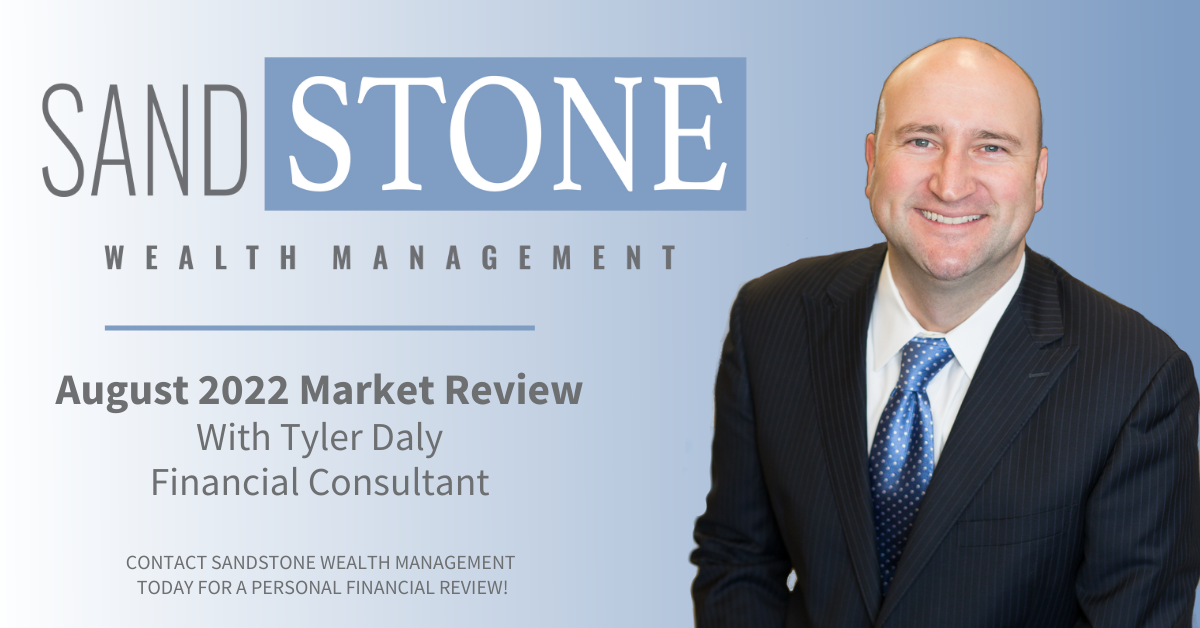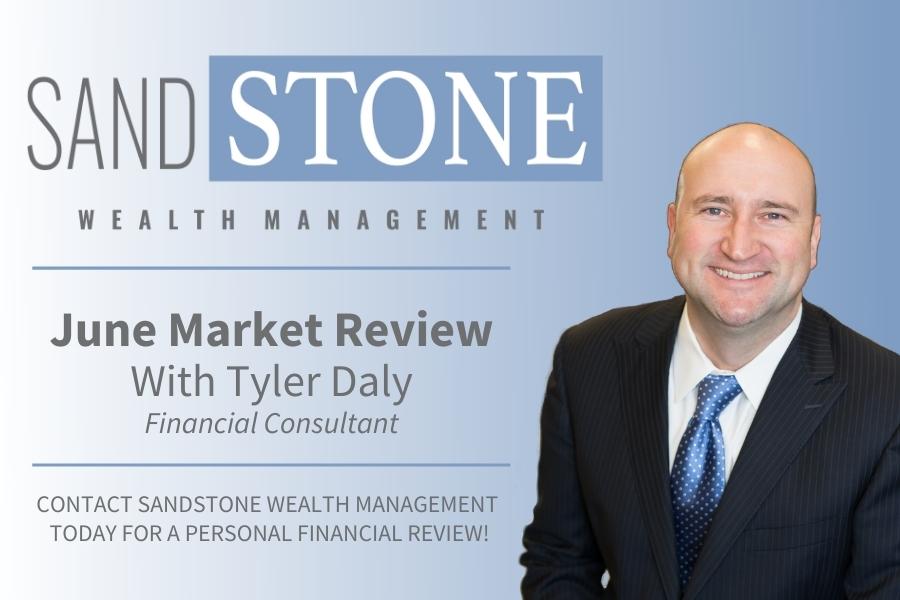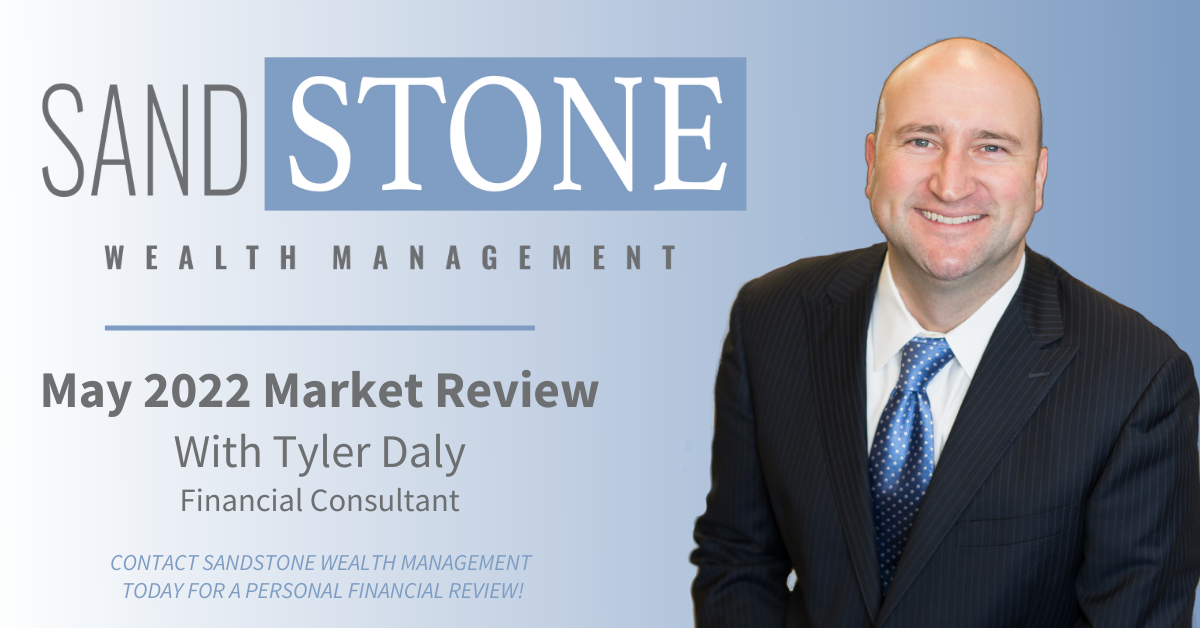
Stocks continued to move higher in May, as the S&P 500 rallied for a second consecutive month. Continued stimulus from fiscal and monetary authorities has boosted equities, bolstering expectations for an economic rebound later this year and into early 2021. However, positive equity headlines don’t tell the full story, cautions Raymond James Chief Investment Officer Larry Adam. While he expects equities to be higher over the next 12 to 24 months, near-term risks include rising geopolitical tensions with China as well as potential setbacks related to COVID-19. It helps that mitigation measures have the number of new cases, hospitalizations and the percentage of positive tests trending in the right direction.
U.S.-China relations will likely emerge as a leading theme in the presidential race, explains Washington Policy Analyst Ed Mills. In May, the U.S. outlined restrictive measures targeting China on technology, capital markets and recent laws imposed on Hong Kong. Escalating confrontation between the U.S. and China may undo any progress made during the 2018-19 trade negotiations, and the relationship threatens to hit new lows in 2020, added Mills.
While there has been some promising data on vaccines and therapeutics in recent weeks, there remains a lot of uncertainty on the virus spread, consumer behavior and pace of the economic recovery, explains Joey Madere, senior portfolio strategist, Equity Portfolio & Technical Strategy.
Despite headwinds, equities pushed higher in May. The S&P 500 gained 4.53%, while the Dow Jones rose 4.26% and the Nasdaq delivered 6.75%. The S&P 500 is still down almost 6% on the year, however it has begun to regain key technical levels. Long-term opportunity for an ensuing bull market remains, Adam adds.
|
|
12/31/19 Close |
5/29/20 Close |
Change |
% Gain/Loss Year to Date |
|
|
DJIA |
28,538.44 |
25,383.11 |
-3,155.33 |
-11.06% |
|
|
NASDAQ |
8,972.61 |
9,489.87 |
+517.26 |
5.76% |
|
|
S&P 500 |
3,230.78 |
3,044.31 |
-186.47 |
-5.77% |
|
|
MSCI EAFE |
2,036.96 |
1,725.09 |
-311.87 |
-15.31% |
|
|
Russell 2000 |
1,668.47 |
1,394.04 |
-274.43 |
-16.45% |
|
|
Bloomberg Barclays Aggregate Bond |
2,225.00 |
2,346.72 |
+121.72 |
+5.47% |
|
|
|
Performance reflects price returns as of market close on May 29, 2020. |
||||
Here is a look at some key factors we are watching, both here and abroad:
Economy
- Recent economic data continues to reflect the record decline we’ve seen so far in 2020, including unprecedented job losses and declines in consumer spending. Aggressive action from the Federal Reserve (the Fed) has helped to ease strains in credit markets, and fiscal support from Congress has provided some cushion against the downturn.
- The expansion of the Fed’s balance sheet and the increase in government borrowing are not necessarily inflationary. In fact, Chief Economist Scott Brown expects some downward pressure on prices given high unemployment and the excess in global productive capacity.
- After the pandemic, the U.S. will need to get the federal budget on a more sustainable path, but the current elevated level of borrowing need not have an adverse impact on longer-term growth. The greater risk for the economy is ending support too soon, Brown notes.
- As social distancing guidelines relax, Brown anticipates a sharp rebound in economic growth into the second half of the year, fueled partly by the buildup of savings during the lockdown. However, without a vaccine or effective treatment for COVID-19, many individuals may be reluctant to eat in restaurants, get on airplanes, or attend concerts or sporting events. A full recovery could take several quarters.
Equities
- The rally in U.S. growth equities relative to the rest of the world is primarily driven by a handful of companies that have benefited from heavy exposure to technology and the work-from-home environment, with large cap and growth names leading the way. Missing is the broad-based rally in more cyclical names as well as the smaller companies, says Nick Lacy, chief portfolio strategist for Raymond James Asset Management Services.
- Companies may face challenges returning to pre-pandemic profitability with double digit unemployment. The employment situation is likely to stay negative for a few years as some jobs are not coming back any time soon, notes Lacy.
- The massive underperformance of value stocks relates mostly to those particular companies’ quality and profitability, both in the U.S. and abroad.
International
- During May, equity markets outside the U.S. continued to build on the gains of late March and April, although the strengths of these gains typically were lower than those seen in the mainstream American markets, reflecting lower technology sector weightings, according to European Strategist Chris Bailey.
- Across Europe, both COVID-19 new cases and death rates moderated, allowing for tentative loosening of lockdown rules.
- Economic data – including corporate earnings results – remained exceptionally weak; however, both consumer and business survey data started to improve.
- Regional government stimulus efforts included an extension of the U.K.’s wage support scheme until the end of October and a Franco-German plan to bolster the eurozone’s recovery.
- Interestingly, the European Union plans to put significant funding behind its “green recovery,” making it more than just a buzzword. The EU proposed its largest-ever budget, including investments for the European Green Deal, the largest decarbonization initiative in world history, notes Pavel Molchanov, energy research analyst. The EU plan to sustain its post-crisis recovery focuses strongly on green initiatives, such as low-carbon electricity generation, including support for countries such as Poland and the Czech Republic, which have been heavily dependent on coal.
- China and some other parts of East Asia continued their more advanced economic recovery, avoiding any notable COVID-19 second wave so far.
Fixed income
- Overall, May was a very positive month for credit, for balance sheets and for issuance, with one notable exception – the drop within municipal spreads. The big drop reflects very low Treasury rates coupled with investor appetite for high-quality yield, explains Doug Drabik, managing director for fixed income research.
- However, we also saw significant spread compression as well as a growing new issue calendar for corporate and municipal bonds, notes Chief Fixed Income Strategist Kevin Giddis.
- These conditions have allowed state and local governments to tap the capital markets at much lower yields. Furthermore, there’s an expectation that a second round of COVID-19 relief could provide additional money to aid state and local governments with revenue shortfalls and budget deficits. If that happens, we could see municipal yields fall even further.
- The Treasury offered its first 20-year bond since 1986, and it was a hit. The Treasury has said that it will need to raise $3 trillion in the second quarter of 2020, and the reopening of the 20-year bond helps to let the Treasury finance well out on the yield curve at just over a 1% rate.
Bottom line
- Savvy investors can consider using market pullbacks to add exposure to favored sectors (e.g., info tech, communication services, health care).
- Be sure to set aside emotion before thoughtfully adding to your portfolio. While opportunities exist, they come at various levels of risk for both stocks and bonds. Be patient and steadfast.
Please know that I am thinking of you and your family and wishing you all good health. As always, feel free to reach out with any questions you may have – about the markets, your financial plan or anything else that I may be able to help with. Thank you for your trust in me.

Tyler has been in the financial services industry since 2004 and with Sandstone Wealth Management and Heartland Bank since 2009. He is Series 7, 66 and Insurance licensed to assist his clients with all their investing, financial planning, and insurance needs. Tyler was recently named to the Forbes List of America's Top Next-Generation Wealth Advisor, which recognizes advisors from national, regional, and independent firms. Tyler graduated from the University of Nebraska-Lincoln with a Bachelor’s Degree in Diversified Agriculture and was born and raised in the Nebraska Sandhills. This gives him an intimate knowledge and understanding of his farming and ranching clients. Tyler is married to Rachel, who earned her Doctorate of Pharmacy from the University of Nebraska. They have two children, Camilla and Cooper. Away from business, he enjoys officiating high school basketball in the winter as well as golfing and team roping in the summer.


.png)

.jpg)

.jpg)

.png)



